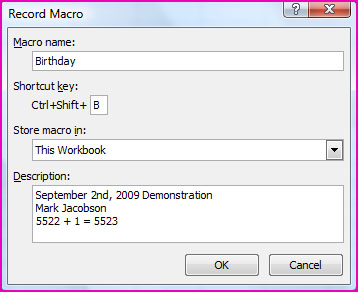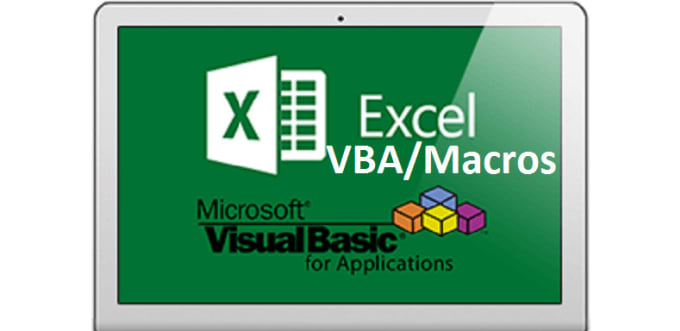

(Do not type the braces in the Visual Basic statement). In the Option Compare statement syntax, the braces and vertical bar indicate a mandatory choice between three items. MyVar = MsgBox(Prompt:="I enjoy my job.", _ Another message box then displays the value of the variable.

Because the return value is used, parentheses are required. In the following example, the return value from the MsgBox function is a number indicating the selected button that is stored in the variable myVar. These guidelines apply whether you are using positional arguments or named arguments. Methods that don't return values don't need their arguments enclosed in parentheses. If you ignore the return value or if you don't pass arguments at all, don't include the parentheses. These functions and methods return values, so you must enclose the arguments in parentheses to assign the value to a variable. The syntax for functions and some methods shows the arguments enclosed in parentheses. You can specify named arguments in any order, for example: MsgBox Title:="Answer Box", Prompt:="Your answer is correct!" To specify an argument by name, use the argument name followed by a colon and an equal sign ( :=), and the argument's value. To specify arguments by position, follow the order presented in the syntax, separating each argument with a comma, for example: MsgBox "Your answer is correct!",0,"Answer Box" (Do not type the brackets in your Visual Basic code.) For the MsgBox function, the only argument you must provide is the text for the prompt.Īrguments for functions and methods can be specified in code either by position or by name. Arguments enclosed in brackets are optional. In the MsgBox function syntax, the italic words are named arguments of the function. For example, the following procedure activates the second window in the active document. Words that are bold should be typed exactly as they appear.

In the Activate method syntax, the italic word "object" is a placeholder for information you supply-in this case, code that returns an object. The examples in this topic explain how to interpret the most common syntax elements. The syntax in a Visual Basic Help topic for a method, function, or statement shows all the elements necessary to use the method, function, or statement correctly.


 0 kommentar(er)
0 kommentar(er)
